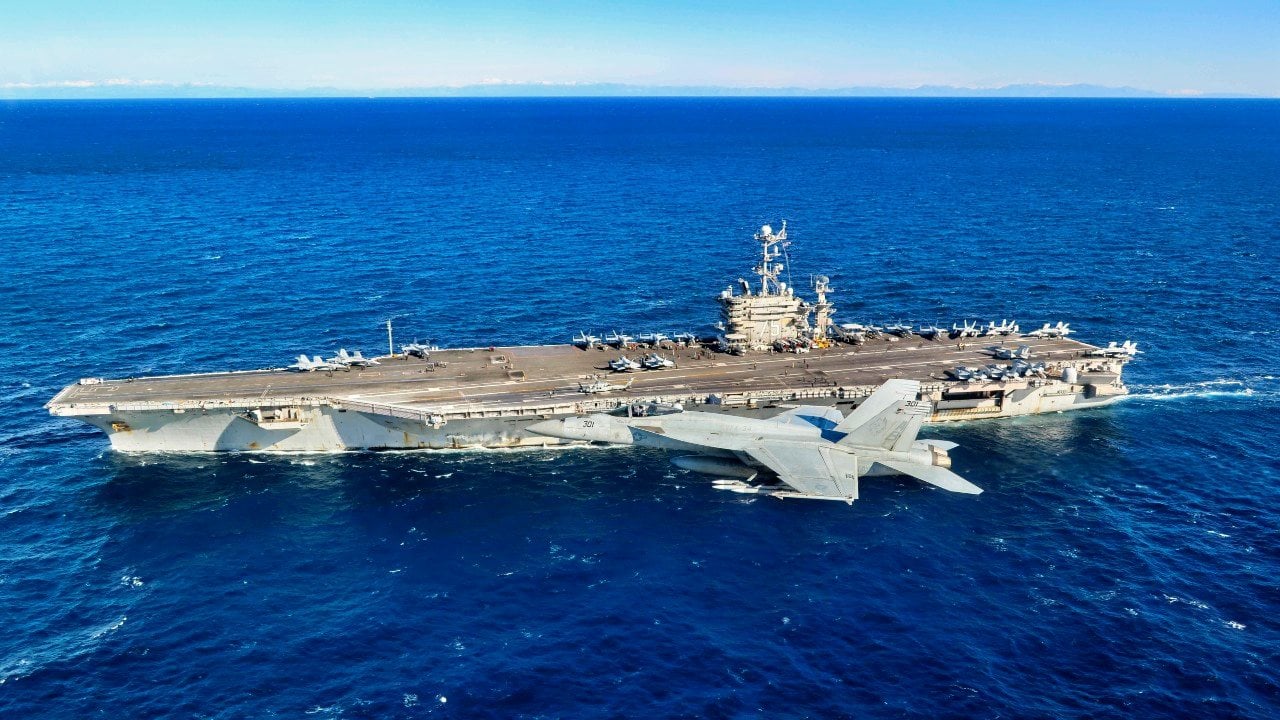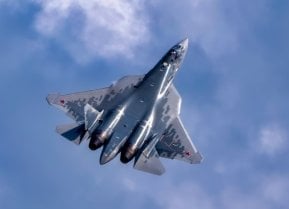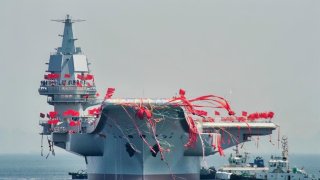China Wants a Fleet of 6 Aircraft Carriers
China's ambitious plan to expand its aircraft carrier fleet to six by 2035 is driven by a desire to enhance its power projection capabilities and assertiveness in the Indo-Pacific region, countering US influence.
Summary: China's ambitious plan to expand its aircraft carrier fleet to six by 2035 is driven by a desire to enhance its power projection capabilities and assertiveness in the Indo-Pacific region, countering US influence.
-The development of carriers like the advanced Fujian reflects China's strategic intent to bolster its naval presence and enforce territorial claims more forcefully against neighbors like Taiwan, Japan, and South Korea.
-Despite significant progress, challenges remain, given the complex nature of carrier operations and construction. China's shipbuilding journey underscores the nation's commitment to becoming a formidable naval power, though the goal of launching four more modern carriers by 2035 is a formidable one.
China’s Naval Ambitions: Aiming for Six Aircraft Carriers by 2035
China has a stated goal of fielding six aircraft carriers before 2035. With China’s third aircraft carrier, the Fujian, now undergoing sea trials and the fourth, the Type 004, under construction, China seems poised to meet their self-set deadline.
China wants more aircraft carriers to better support President Xi’s foreign policy goals, which have called for a more assertive posture in the Indo-Pacific region.
Why does China want more aircraft carriers?
Aircraft carriers are a unique weapon in that they allow a nation to project power across great distances. Accordingly, an aspiring regional or global hegemon benefit from the fielding of a robust carrier fleet.
The United States offers an informative example. With a foreign policy that often calls for swift and muscular interventions, and for a global footprint, the US relies heavily on an eleven-vessel carrier fleet.
With an eleven-vessel carrier fleet on call, the US has been able to assert itself in distant regions, like the Indo-Pacific, for example – much to the chagrin of China.
Now Xi, to counter US influence in his own backyard, and to exert Chinese influence more forcefully throughout the region, is pouring resources into a carrier fleet.
Once China has a modern carrier fleet in place, Xi will be able to more plausibly assert territorial claims while forcing neighbors like Taiwan, Japan, and South Korea to heed China’s newfound ability to project force offshore.
Can China meet their aircraft carrier goals?
China is making tremendous progress with respect to aircraft carrier development
. Remember, China only fielded their first aircraft carrier in 2016 – the refurbished Ukrainian carrier, the Liaoning. China’s second carrier, the domestically built Shandong, was not fielded until 2017.
But the Liaoning and the Shandong are relatively modest aircraft carriers, without nuclear power or catapult launching systems, meaning their endurance and Sortie Generation Rates are limited relative to US peers.
China’s third aircraft carrier, the Fujian, which is currently undergoing sea trials and is expected to enter service in 2025, is much more sophisticated – offering a glimpse at what the Chinese may be planning for their future aircraft carriers.

But that China, one of the world’s most powerful nations (with the world’s second largest military budget) has just two operational aircraft carriers (both of which are rudimentary) speaks to the difficulties of building and operating an aircraft carrier.
The aircraft carrier is unique, sailing with thousands of crewmembers, launching dozens of planes. The vessel has a lot of moving parts, a lot that can go wrong, and a lot that must be designed, built, and paid for. China’s ambitious shipbuilding plan is feasible, but nothing is certain.
To date, China doesn’t have a single operational modern supercarrier. So, it’s reasonable to expect that fielding four before 2035 will be challenging, if not impossible. Either way, China’s intentions, to be able to project power offshore, are clear. Taiwan, Japan, and the United States will no doubt be watching closely to see how China’s carrier program progresses in the next decade.
About the Author: Harrison Kass
Harrison Kass is a defense and national security writer with over 1,300 total pieces on issues involving global affairs. An attorney, pilot, guitarist, and minor pro hockey player, Harrison joined the US Air Force as a Pilot Trainee but was medically discharged. Harrison holds a BA from Lake Forest College, a JD from the University of Oregon, and an MA from New York University. Harrison listens to Dokken.


